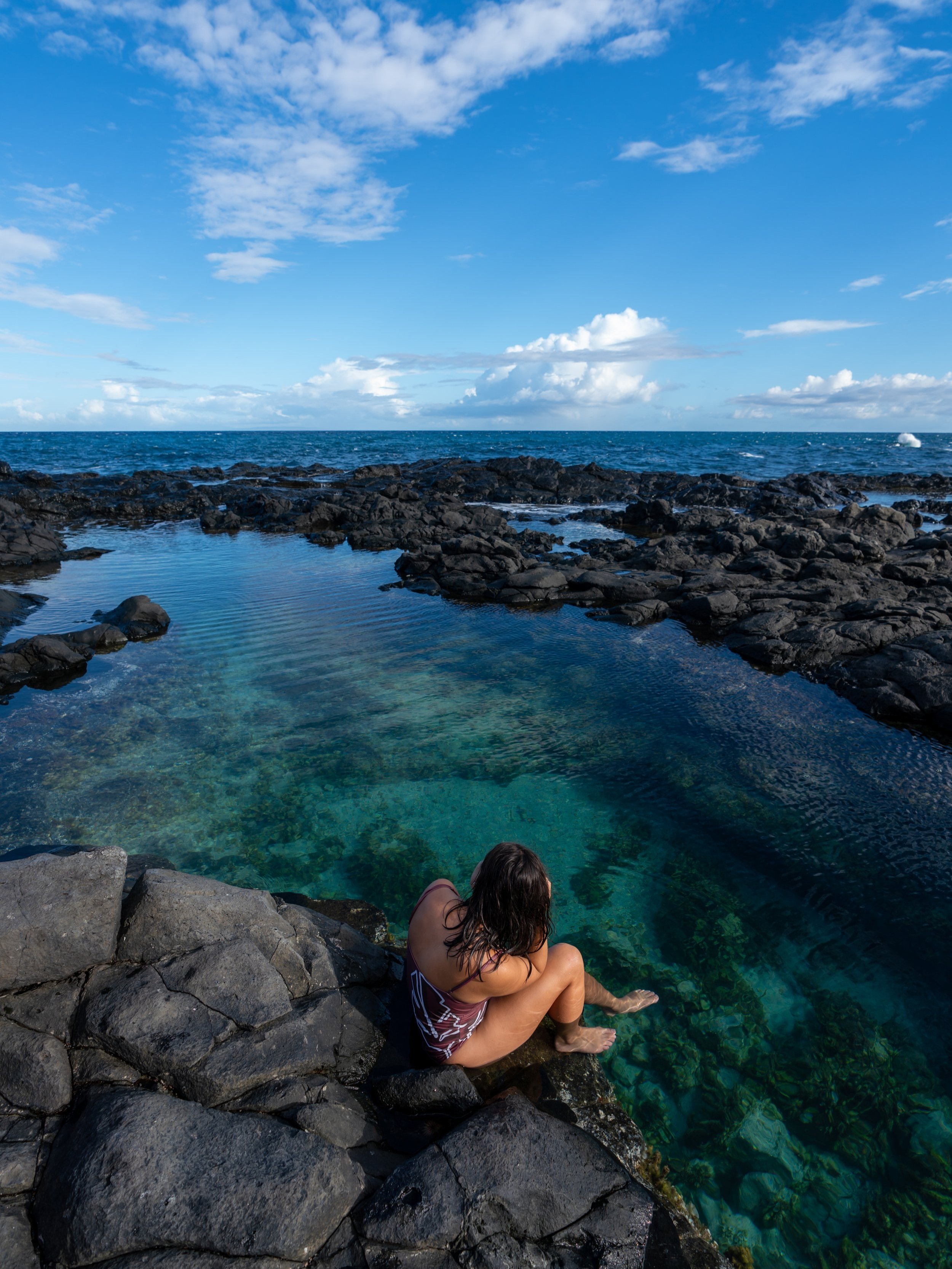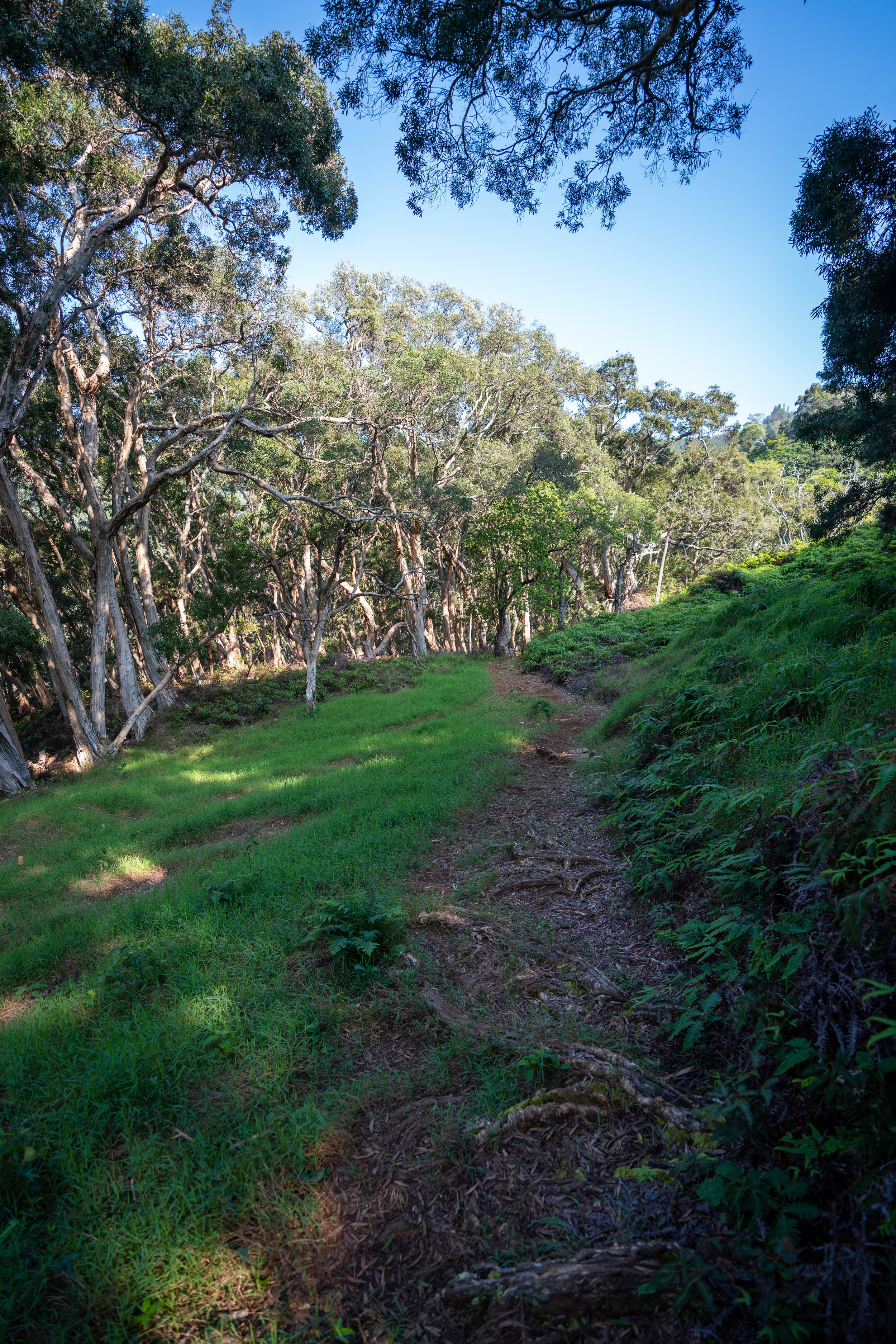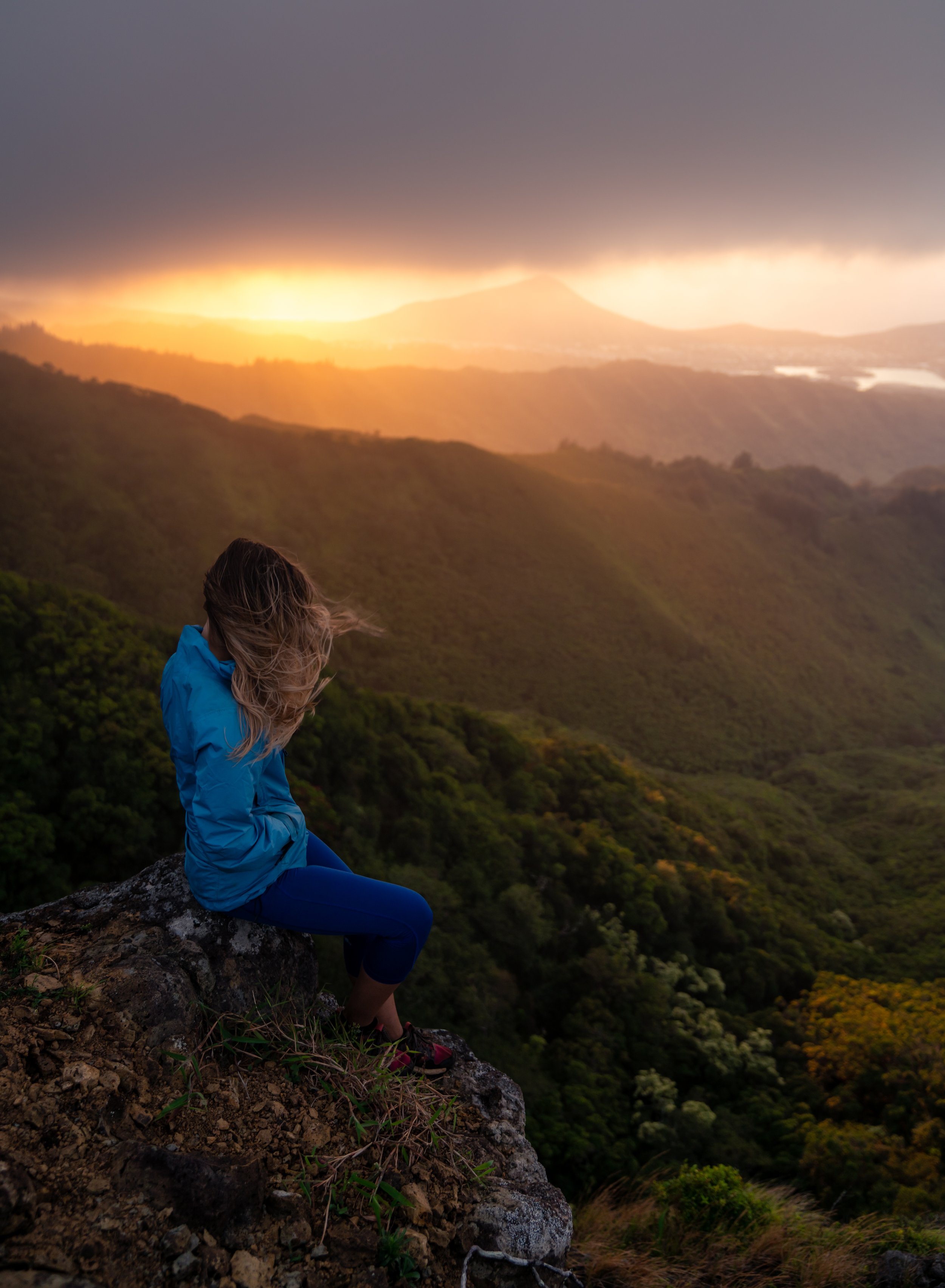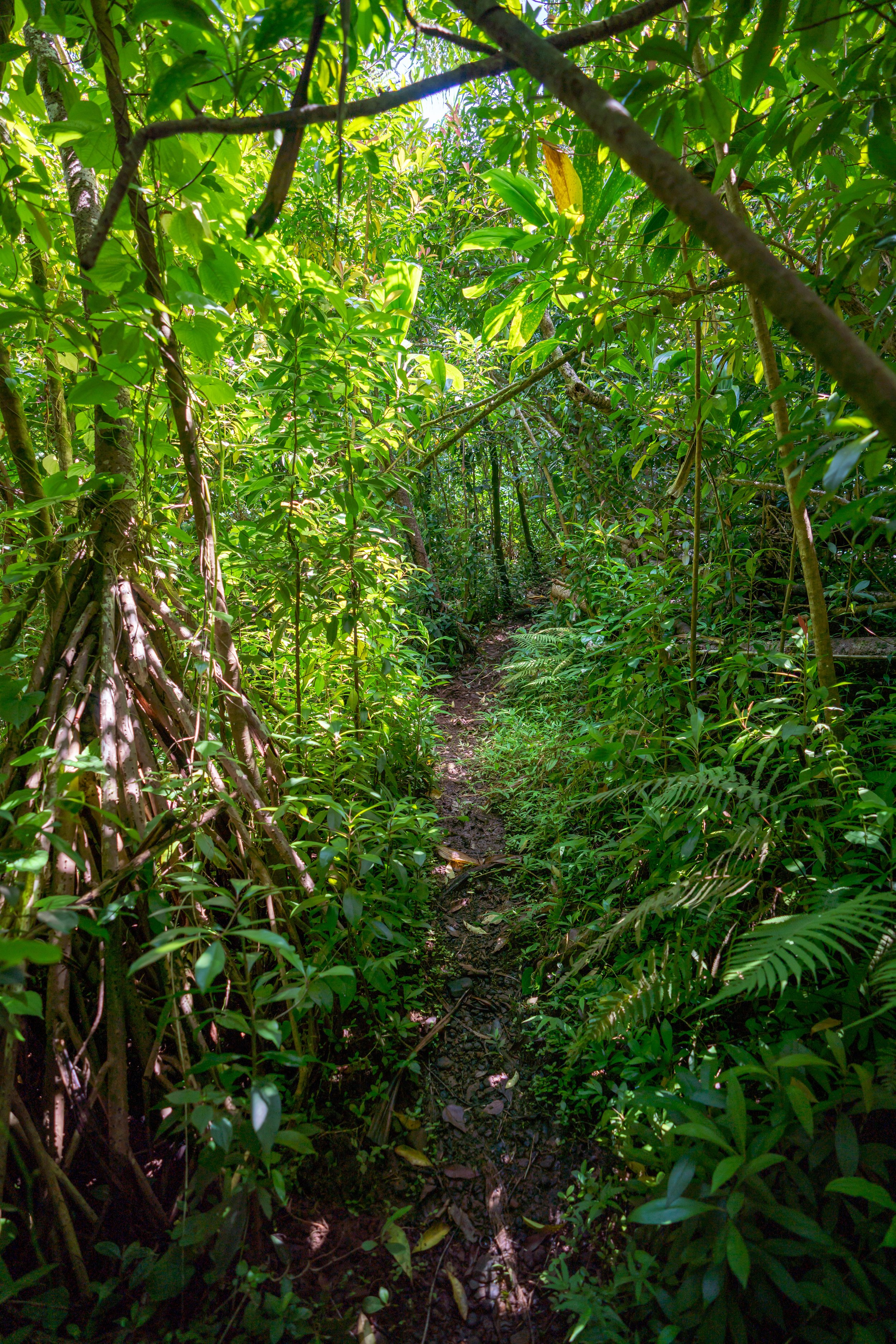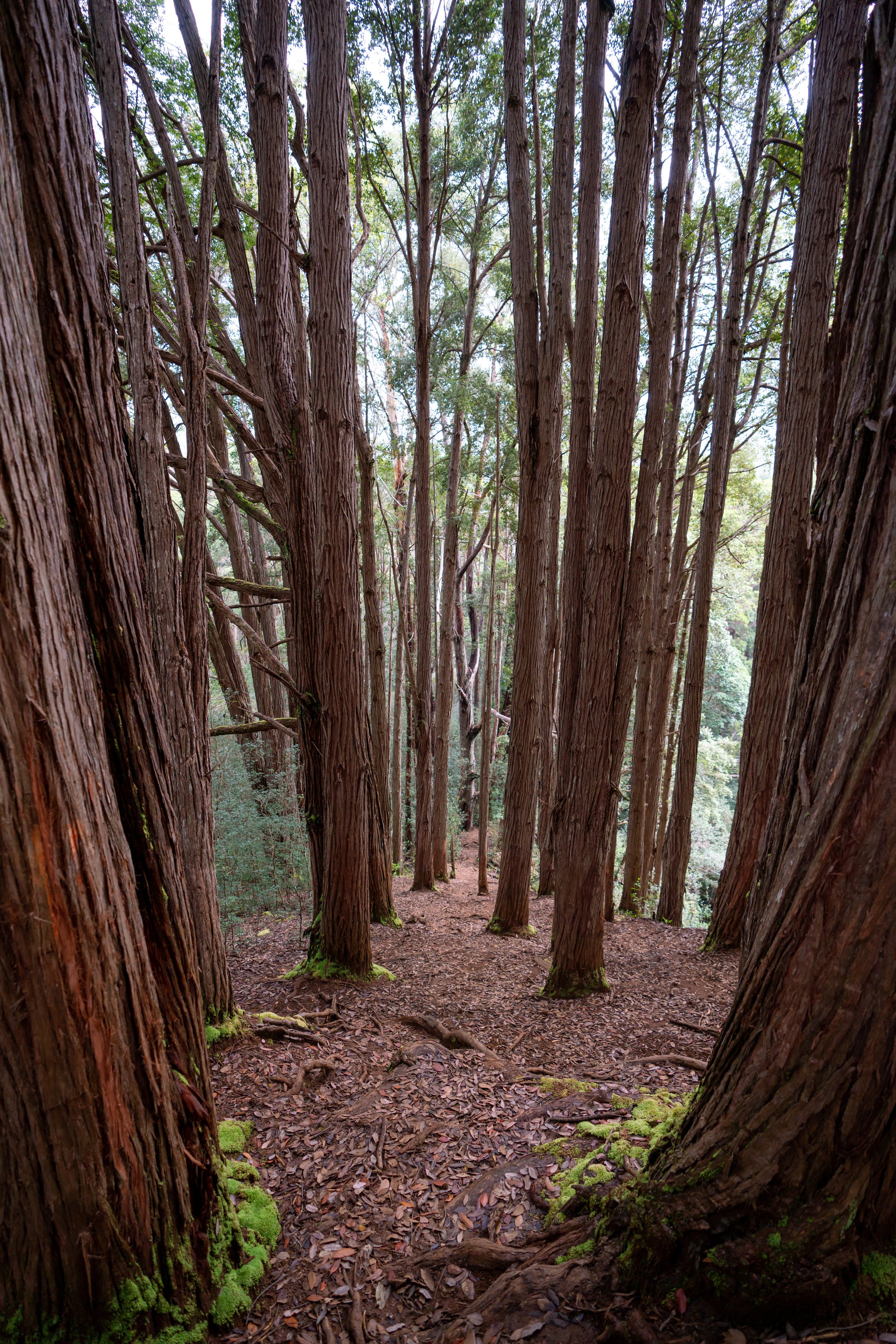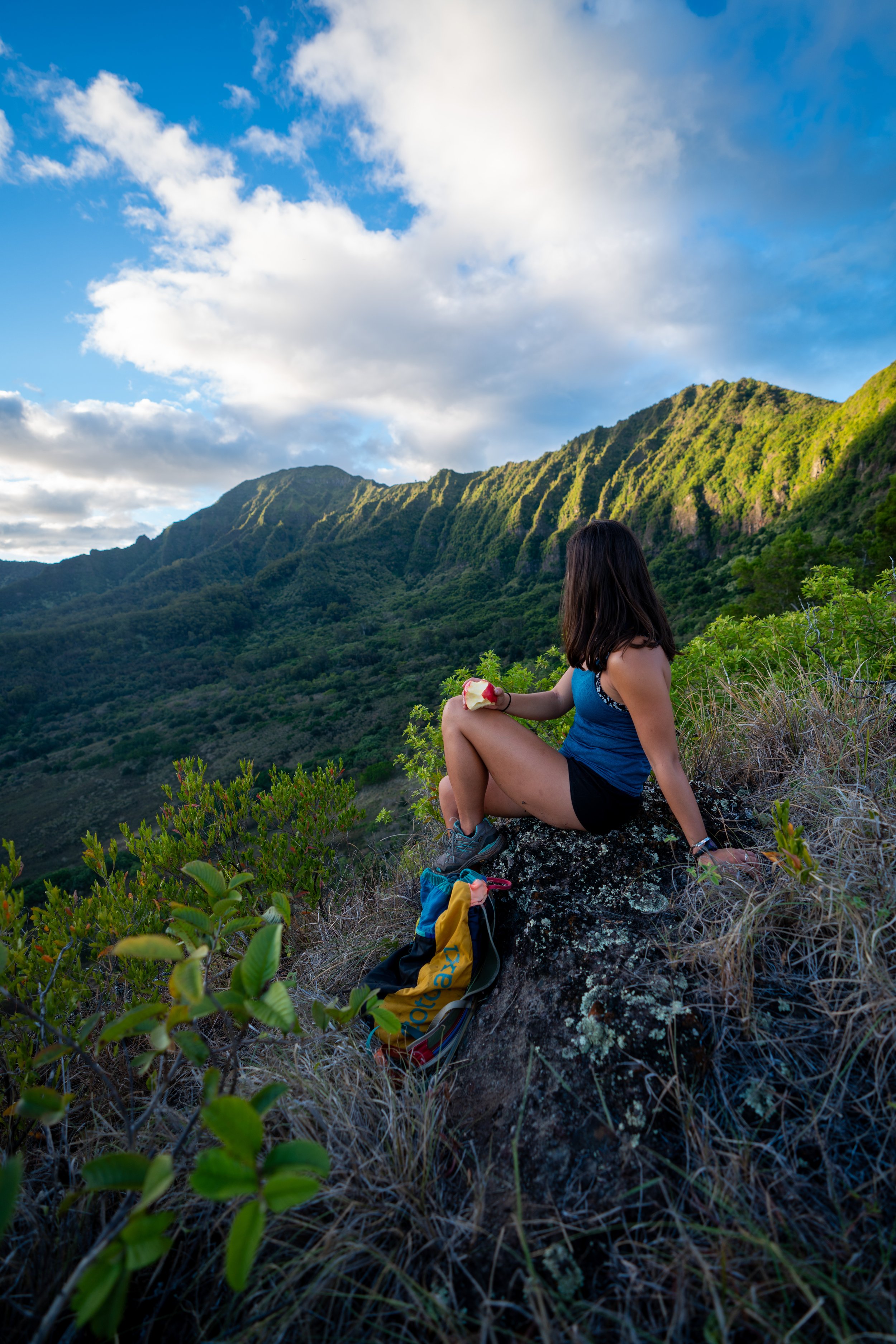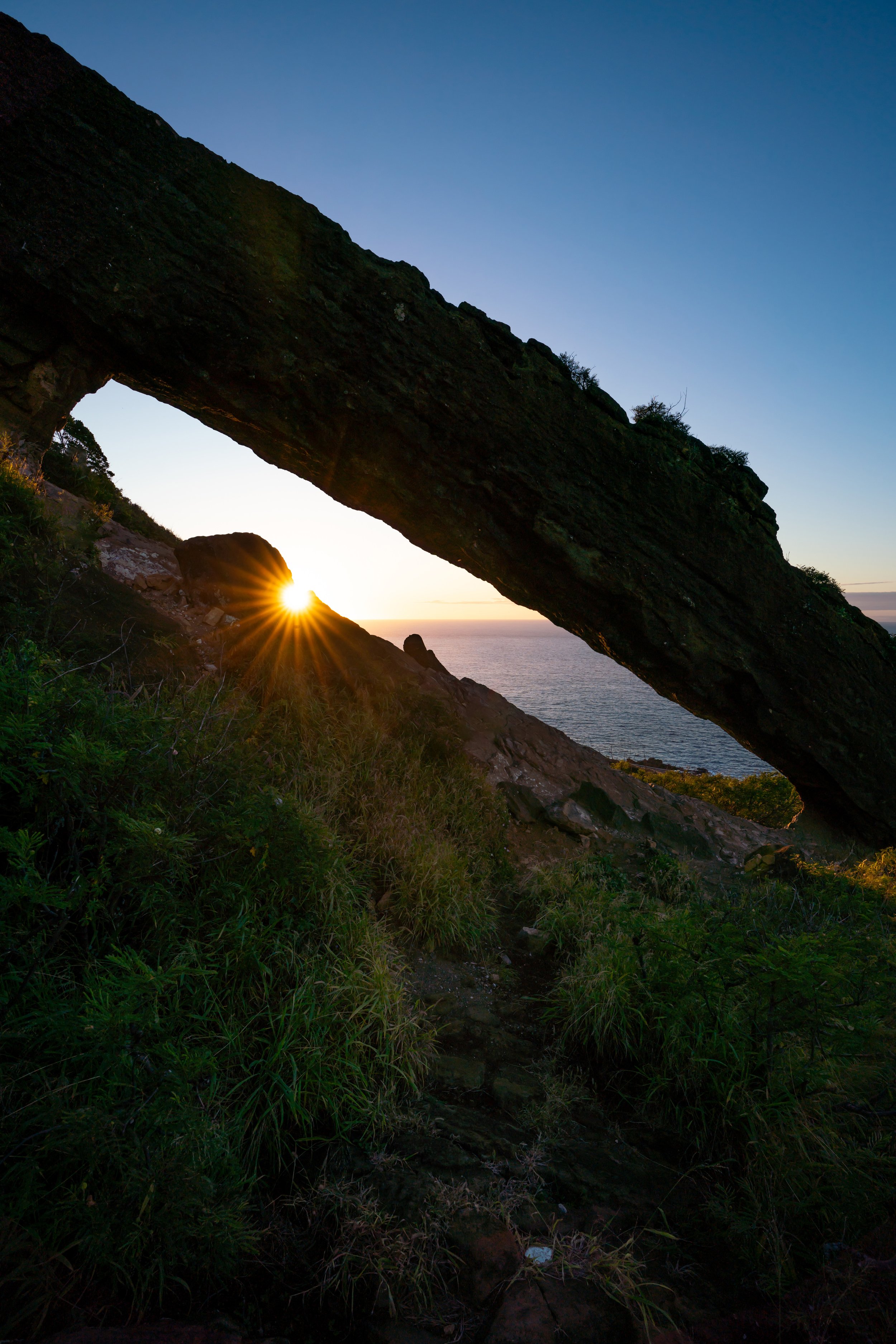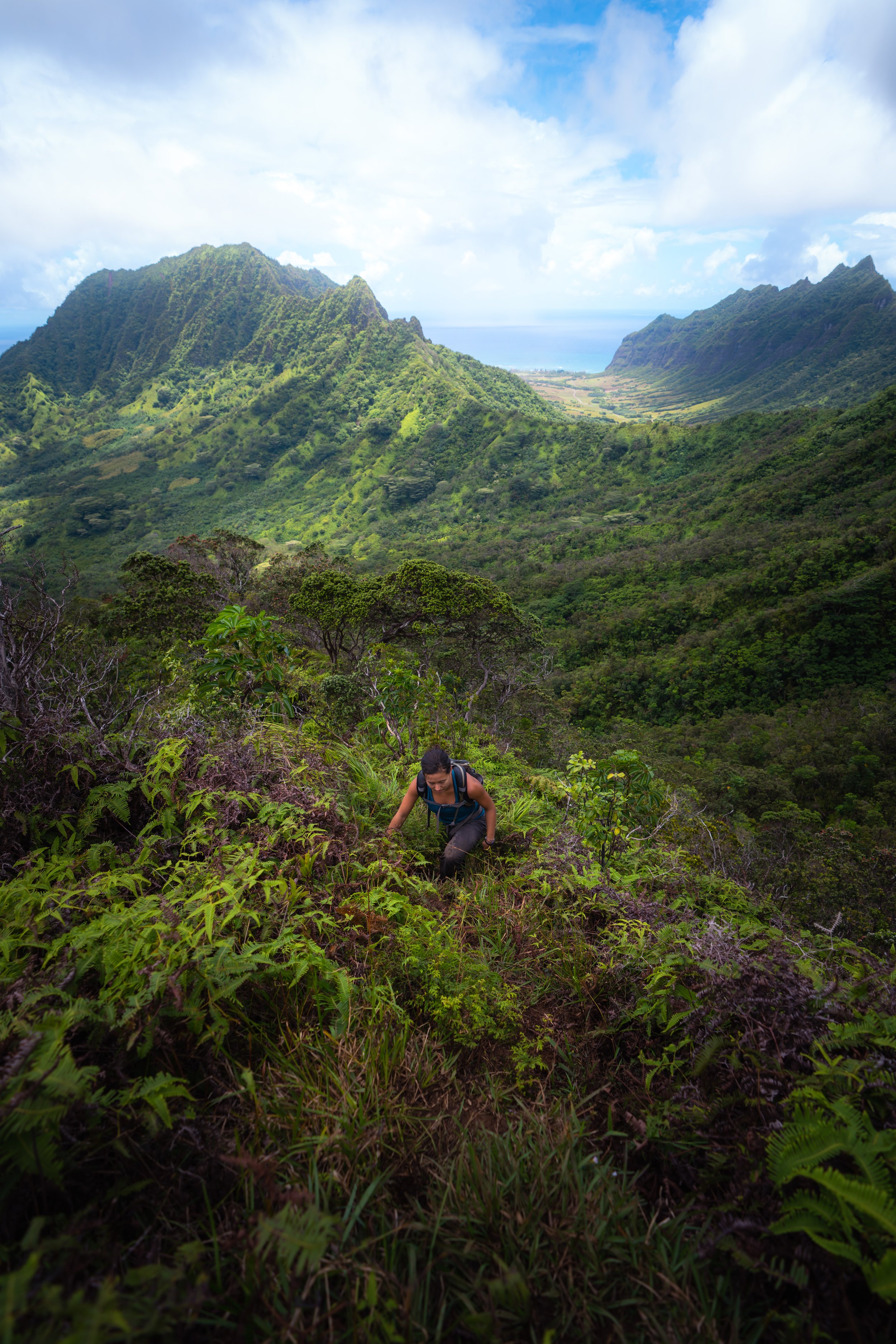Hiking the Kawainui Marsh Trail on Oʻahu, Hawaiʻi
Distance (Roundtrip): 3.0 miles / 4.8 km
Whether you bring a coffee, your running shoes, or a stroller, the Kawainui Marsh Trail on the east side of Oʻahu is one of the island’s most underrated trails!
By this, I mean that the Kawainui Marsh is a lot of things in one adventure: Kawainui is one of the best Oʻahu trail runs; it’s one of the island’s best kid-friendly hikes, and it’s, without a doubt, one of the best places to see a variety of different native waterbirds on the short 1.5-mile (2.4 km) out-and-back trail.
This all doesn’t even mention that on a clear day, the expansive views from the trail across the flat landscape toward Oʻahu’s Koʻolau Mountains are truly second to none—especially in the early morning light!
Kawainui Marsh Trailhead Parking
Parking for the Kawainui Marsh Trail is located in Kaha Park in Kailua, which is generally easy to come by—apart from the late evening hours when residents getting off work come to the park to get outside.
Google Maps Directions: Kaha Park
Hiking the Kawainui Marsh Trail
The Kawainui Marsh Trail begins on the sidewalk heading north from the parking lot, but there isn’t a sign indicating the name of trail until after the Kaha Garden.
Kaha Garden
Within just a few steps of the trailhead, the Kawainui Marsh Trail passes through the community-organized Kaha Garden.
It’s a garden filled with a variety of different native plants, and it’s truly the best place on the entire trail to see and learn about native Hawaiian plants.
Kawainui Marsh
After only 0.1 miles (0.2 km), the sidewalk ends and the Kawainui Marsh begins.
In my experience, the beginning and very end of the Kawainui Marsh Trail are the best places to see some of the wetland’s native waterbirds, including the ʻAukuʻu, Aeʻo, and my personal favorite, the ʻAlae ʻUla.
This is the ʻAlae ʻUla — ʻUla meaning 'red,' referring to the Moorhen’s distinct red face — which is endemic to the Hawaiian Islands.
After the initial pond, the sidewalk and retaining wall begin and continue to the far southern end of the marsh.
For obvious reasons, the Kawainui Marsh Trail has almost no shade along the entire hike, which is why I recommend wearing a long-sleeve sun shirt for protection.
After the first left curve in the Kawainui Marsh retaining wall, the trail begins a long, 0.6-mile (1.0 km) straightaway that continues until the bike trail reaches the far southern end of the marsh.
My little miniature dachshund, Eleanor, always prefers the sidewalk.
This is the Neke fern, and it’s the most common native plant that can be found in the wetlands along the Kawainui Marsh Trail.
Just before the long straightaway comes to an end, the Kawainui Marsh Trail passes the USGS stream gage for Kawainui Marsh and the Maunawili Stream, which is actually a bit more interesting than you might initially think.
What I mean is that it’s stream gages scattered across the country—just like this one, many of which we never see—that help determine when popular places are open, based on the data it gathers, like The Narrows on the Long Draw Trail in Black Canyon of the Gunnison or The Narrows in Zion National Park.
This data helps park rangers all across the country determine when certain trails can open for the season, so if you’re ever planning a trip and wondering whether something is open, consider checking the local stream gage data—you might just find your answer!
This is the final curve in the retaining wall before the Kawainui Bike Path ends, just prior to Kailua Road.
After 1.4 miles (2.3 km), the Kawainui Marsh Trail comes to an end, where the final part of the trail climbs up to Kailua Road.
Running Around Kawainui Marsh
While I have personally run the roughly 6.4 miles (10.3 km) around the entire Kawainui Marsh, it’s not a run that I recommend because of how busy/ dangerous the traffic can be on Kailua and Kapaʻa Quarry Road.
However, if this is something you’re interested in, take a right on Kailua Road for 1.6 miles (2.6 km), then a right on Kapaʻa Quarry Road for 2.6 miles (4.2 km), then a right on Mōkapu Road for 0.2 miles (0.3 km), then another right on Oneʻawa Street for 0.2 miles (0.3 km), and finally, a right on Kaha Street for the last 0.3 miles (0.5 km) to get back to the park.
Again, this is not the safest route to run, as cars typically drive fast on certain stretches of the loop, like Kapaʻa Quarry Road, without a great shoulder to give yourself some distance.
All this to say, the shoes below are my preferred road-to-trail shoes in Hawaiʻi, which definitely come in handy with how muddy Kapaʻa Quarry Road can be.
Native Plants on the Kawainui Marsh Trail
The Kaha Garden, at the very beginning of Kawainui Marsh, is easily the best place to see a variety of native Hawaiian plants.
Some of these include Pōhinahina, Milo, ʻŪlei, ʻĀkia, Naupaka, Maʻo hau hele, and Maʻo—to truly name only a few.
If you would like to learn more about these and many other native Hawaiian plants from across the islands, I encourage you to check out my separate post below.
In addition, if you’re interested in the community-led restoration work at Kaha Park, you can find them here to learn more, including information on how to volunteer.
Read My Separate Post: Native Hawaiian Plant Guide




